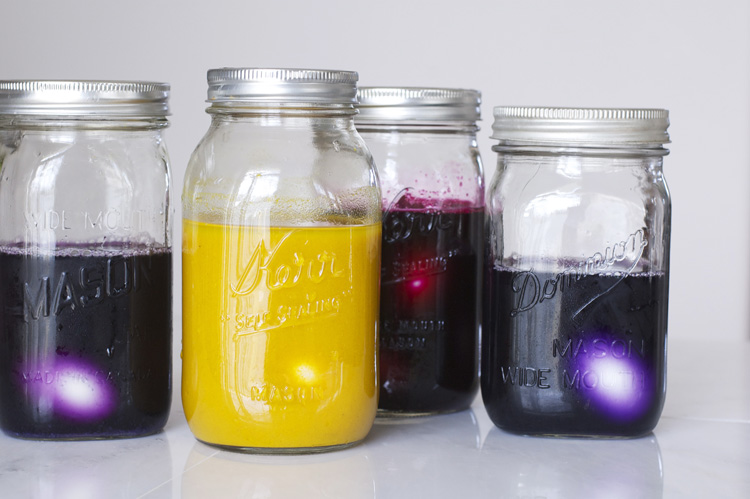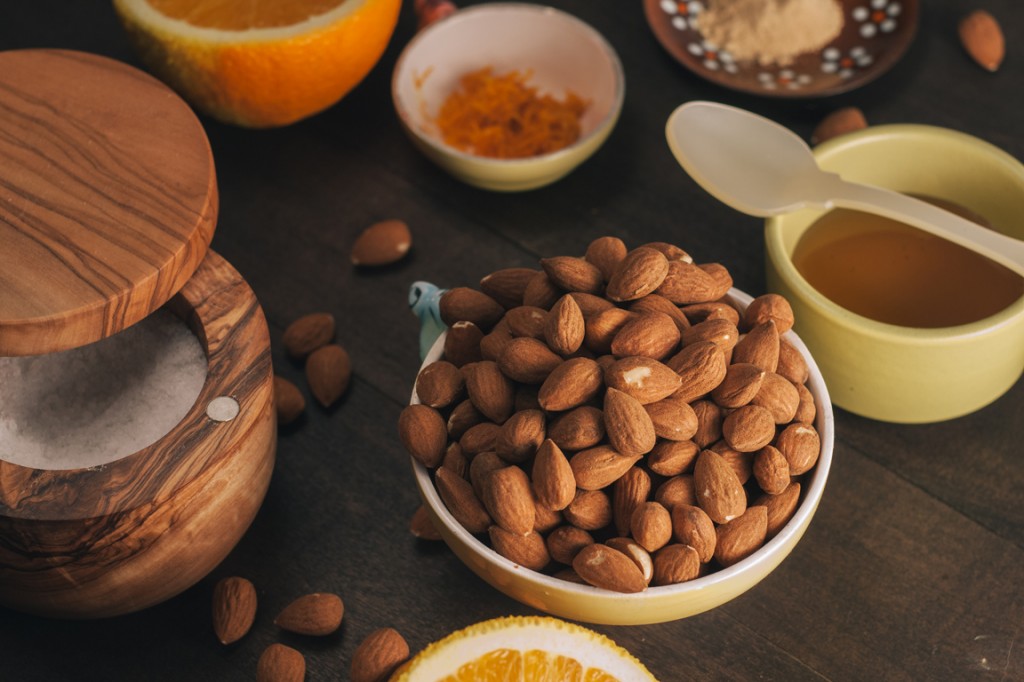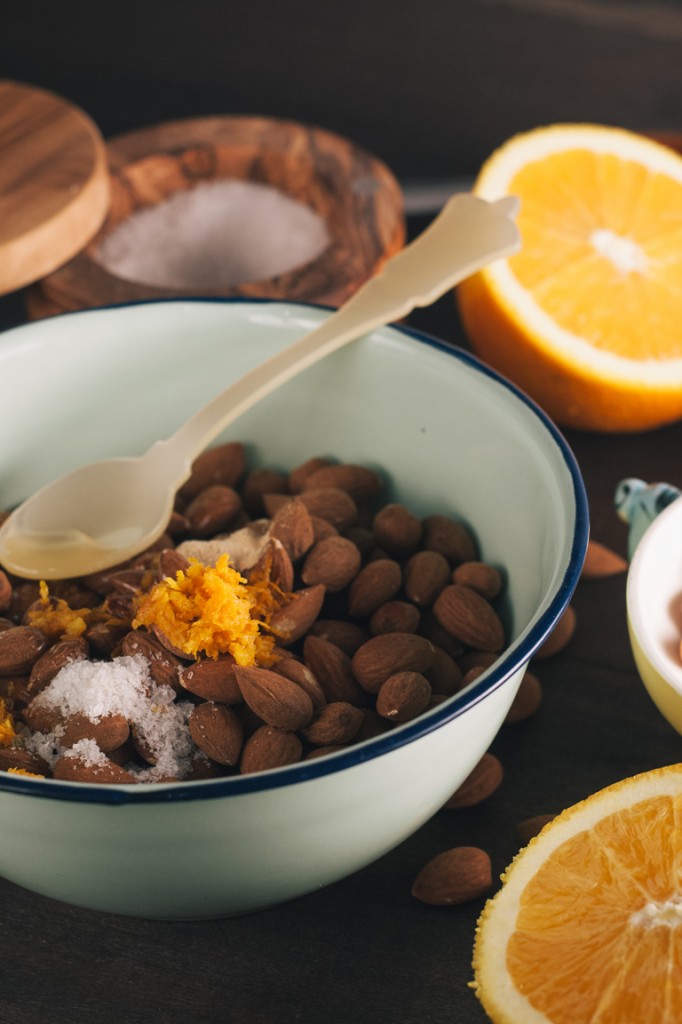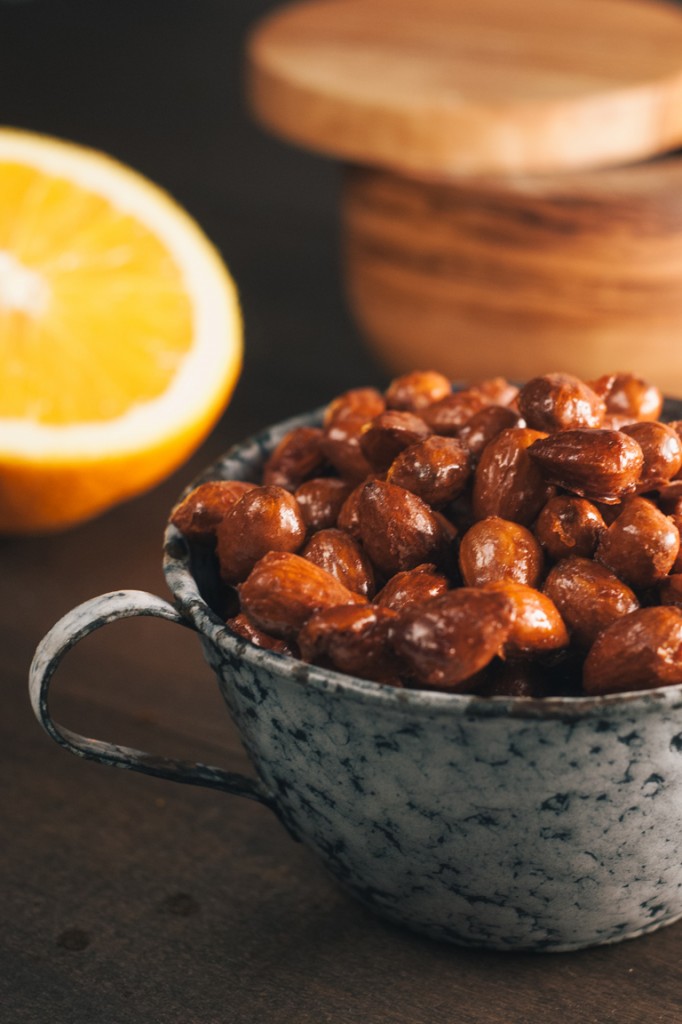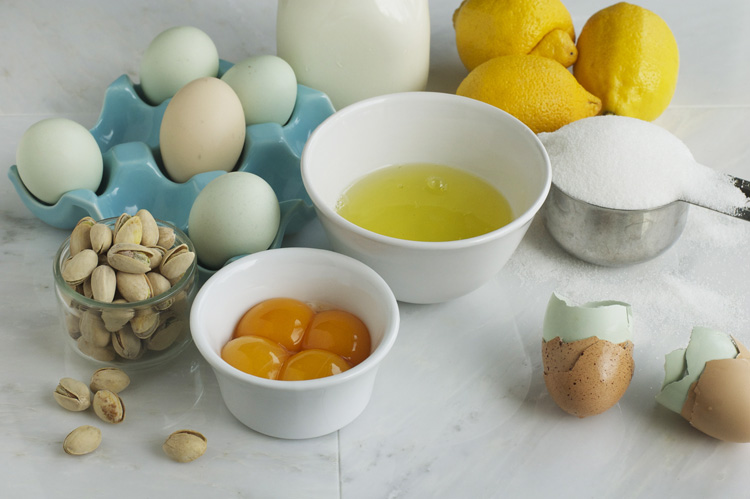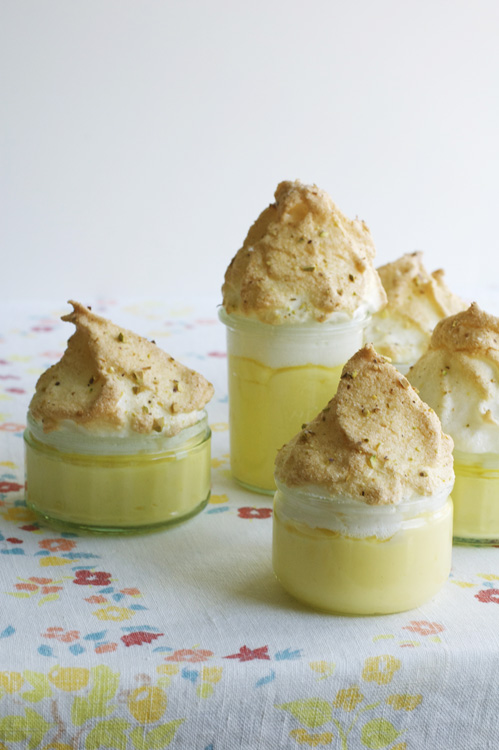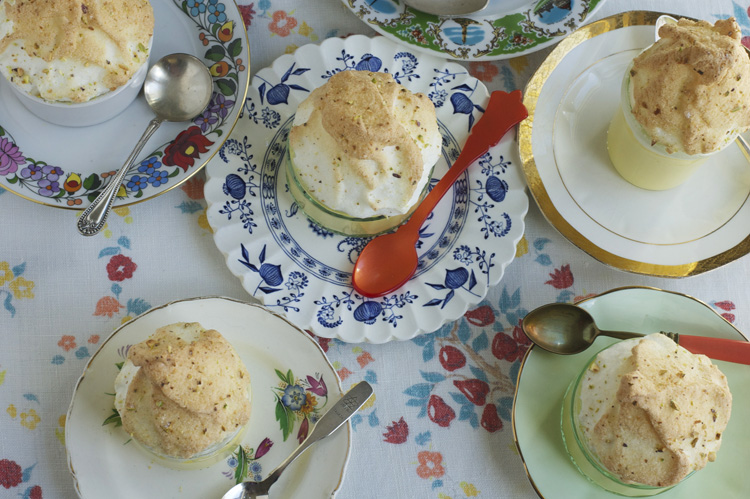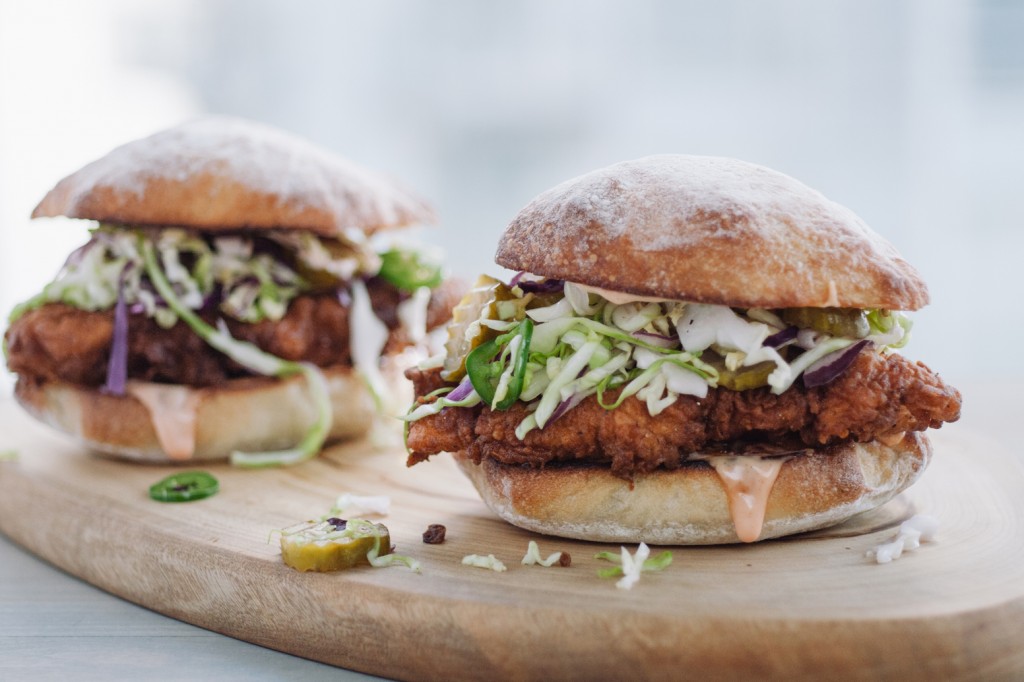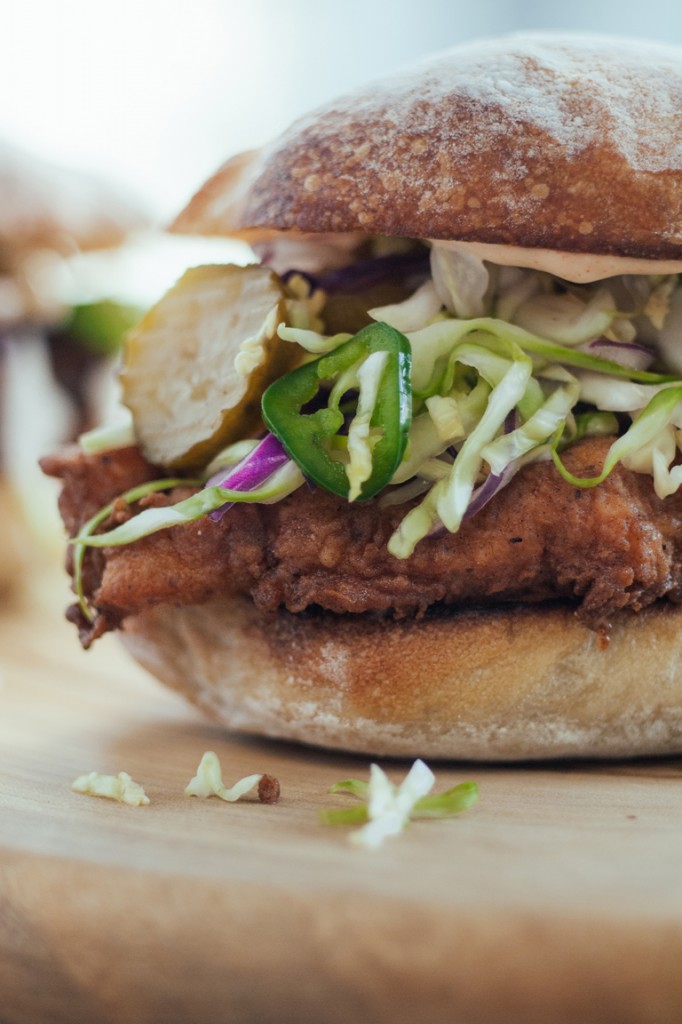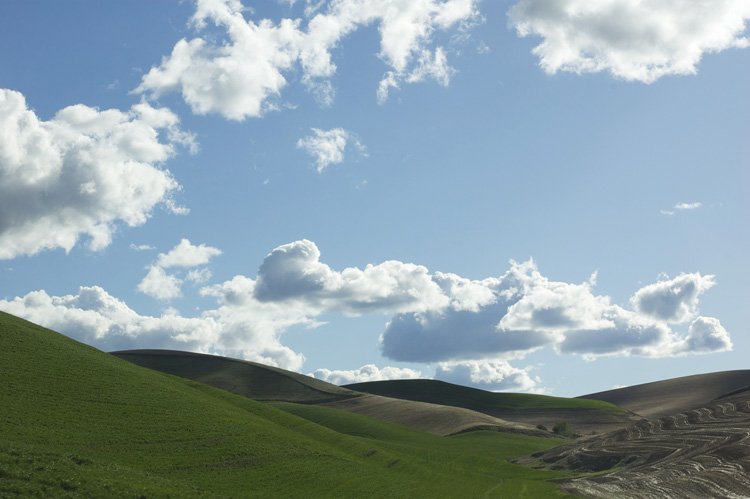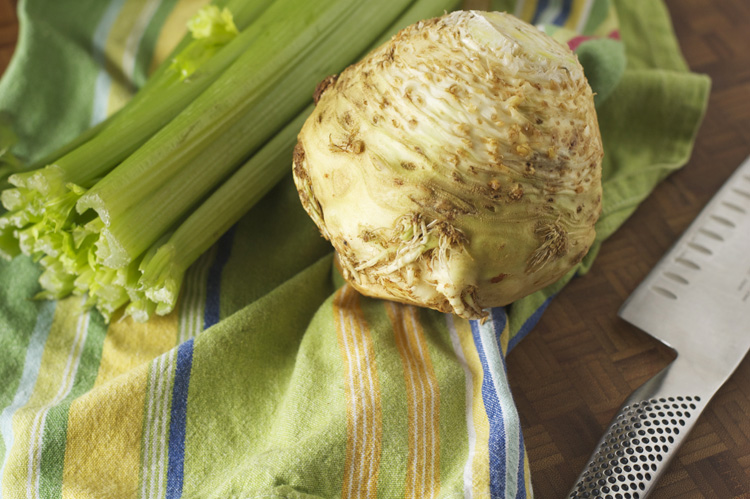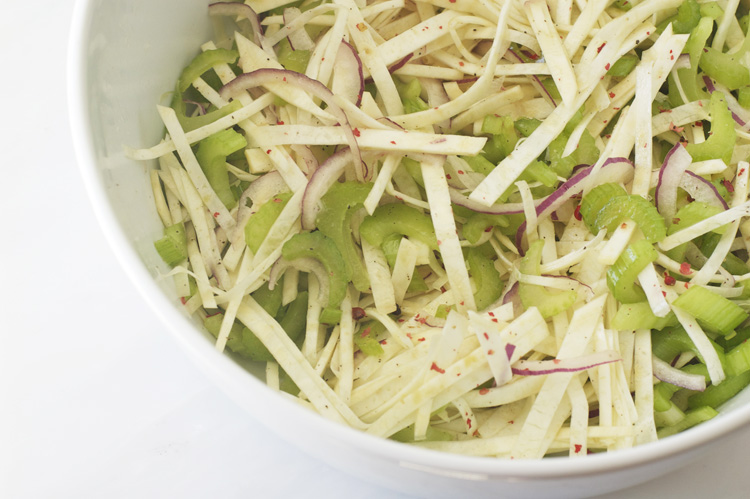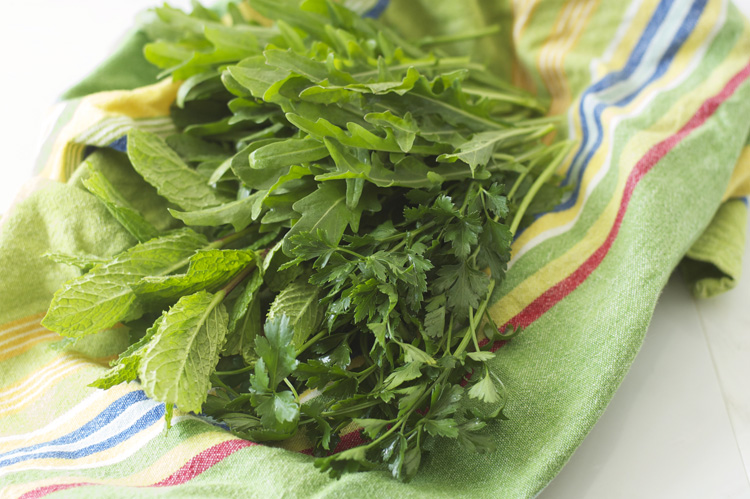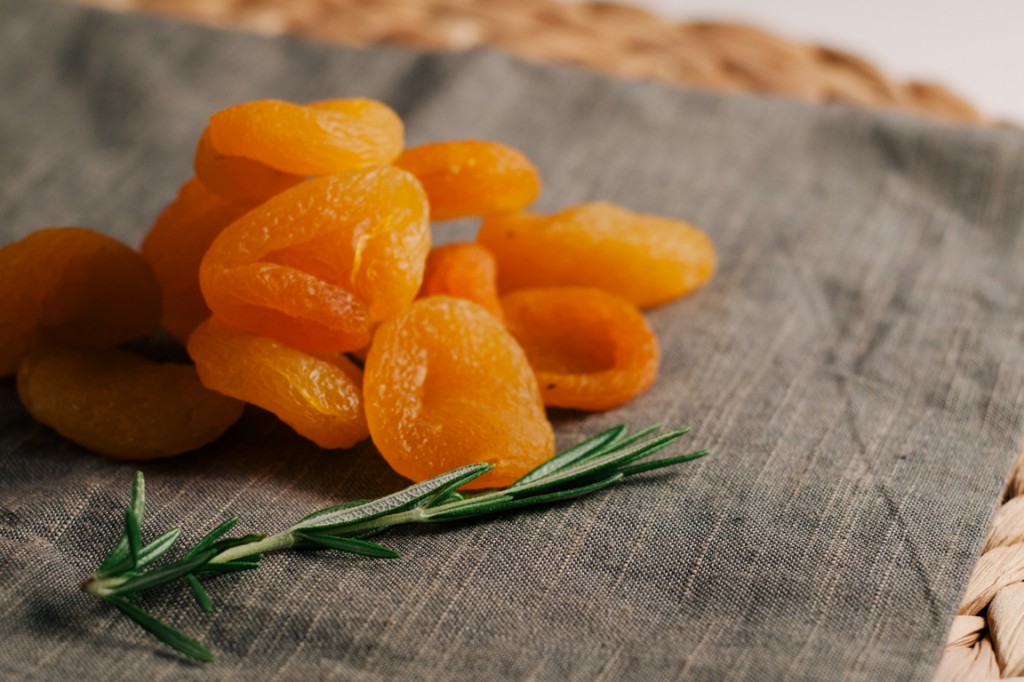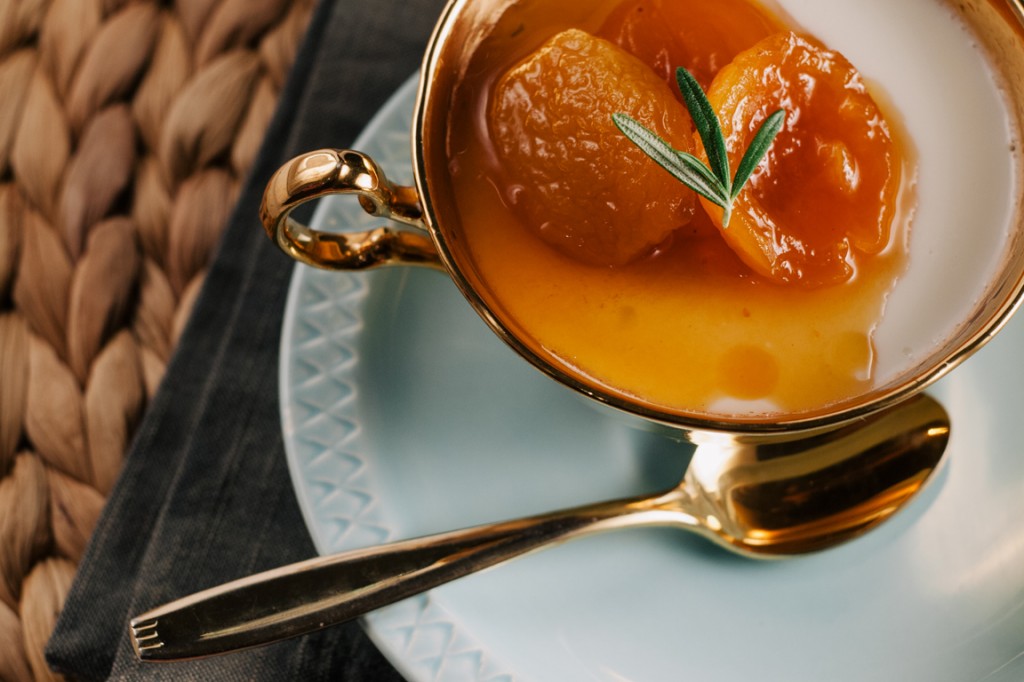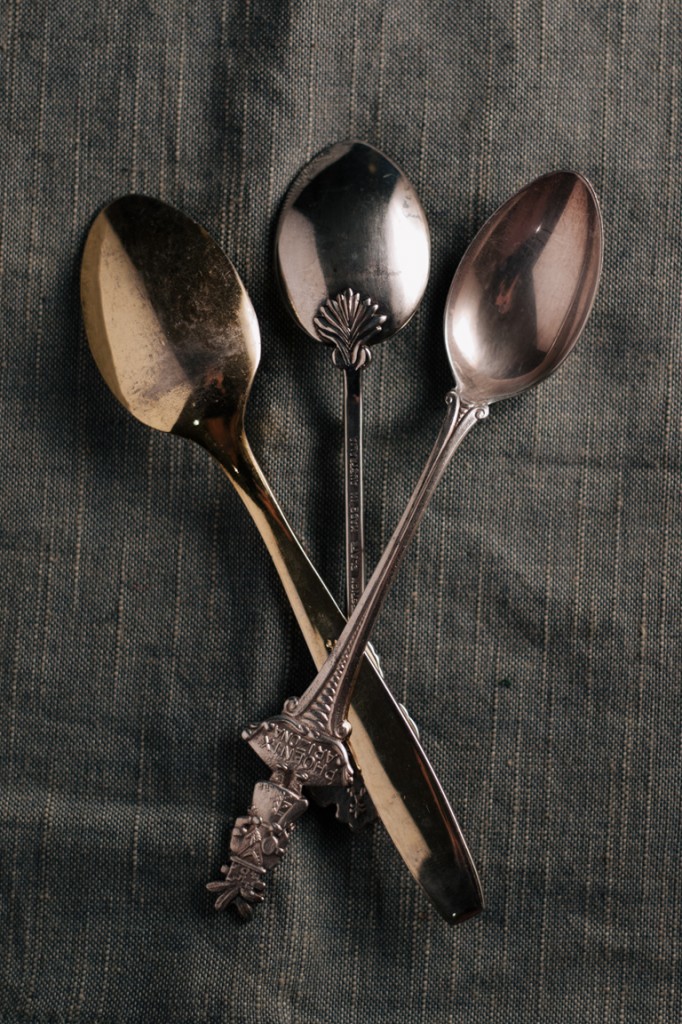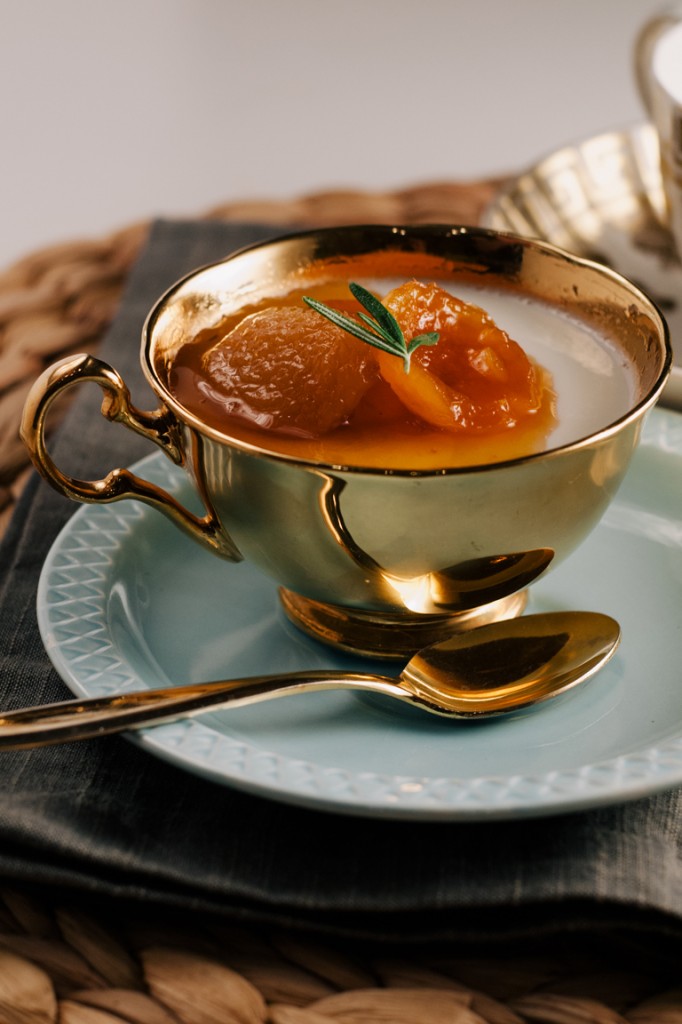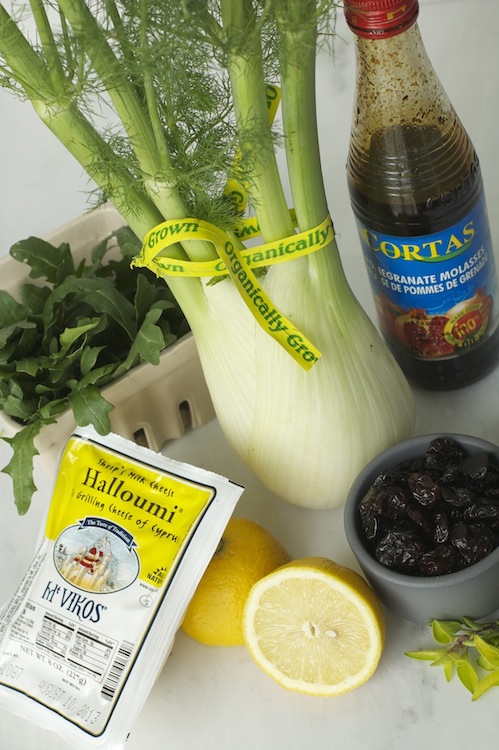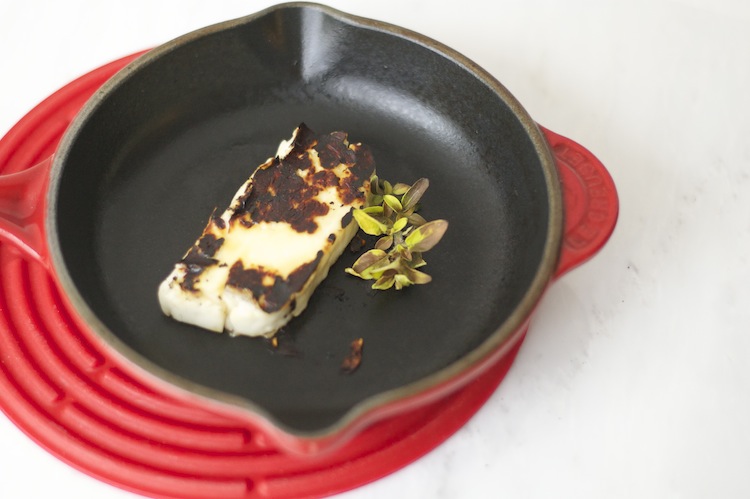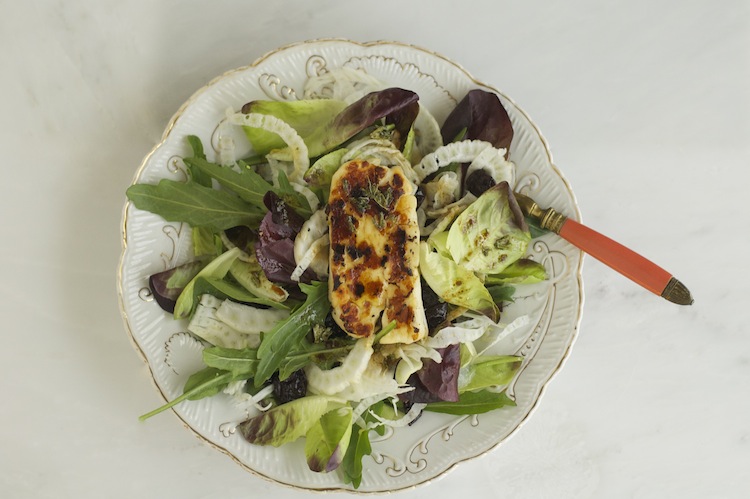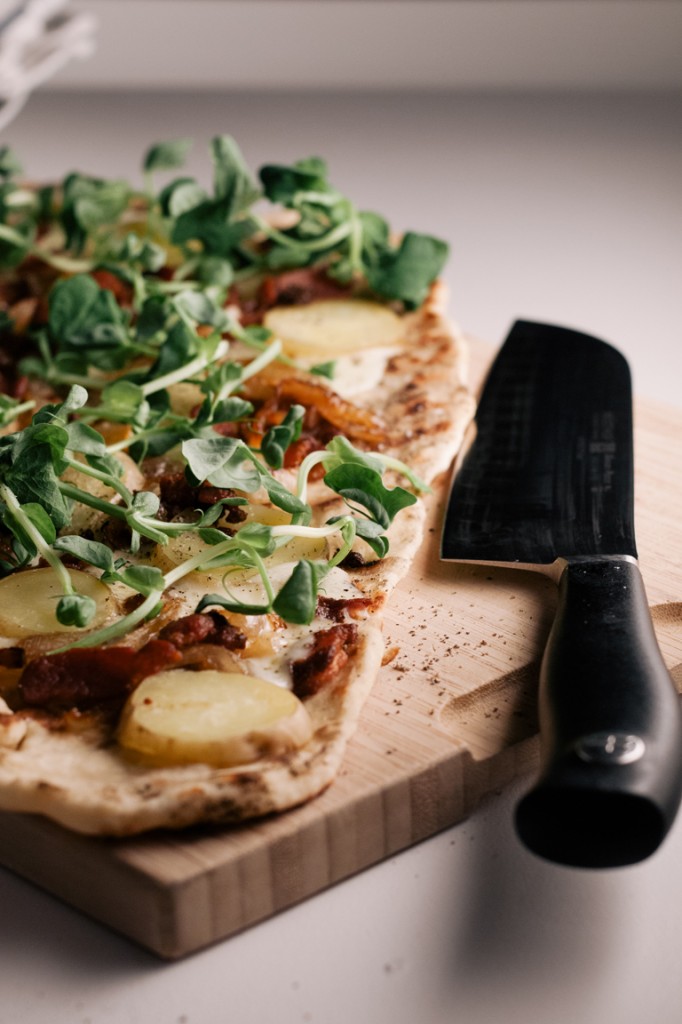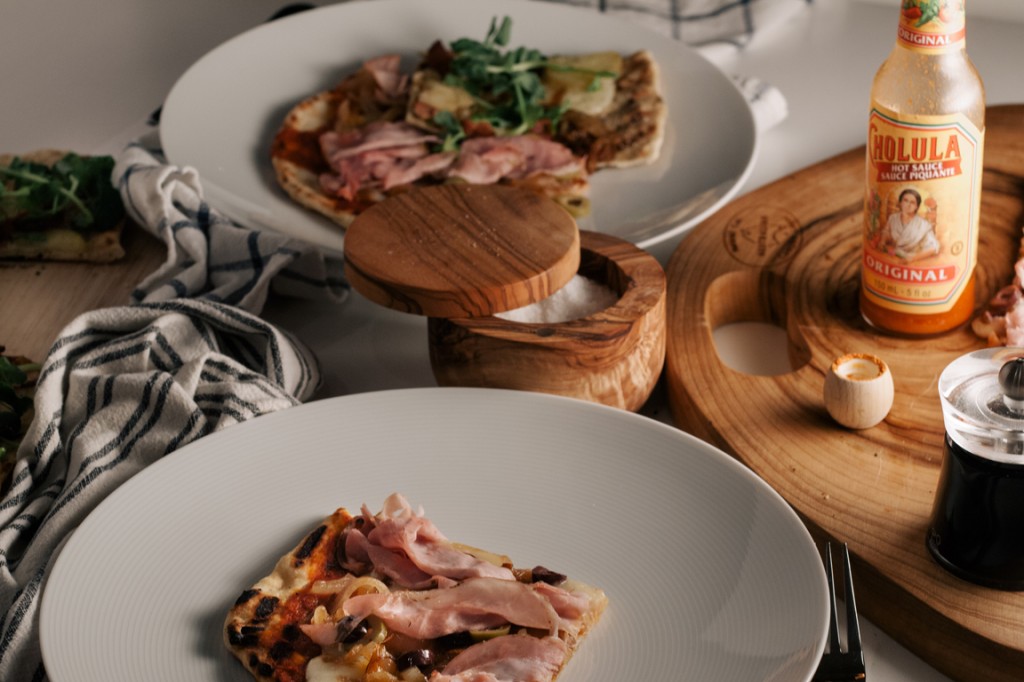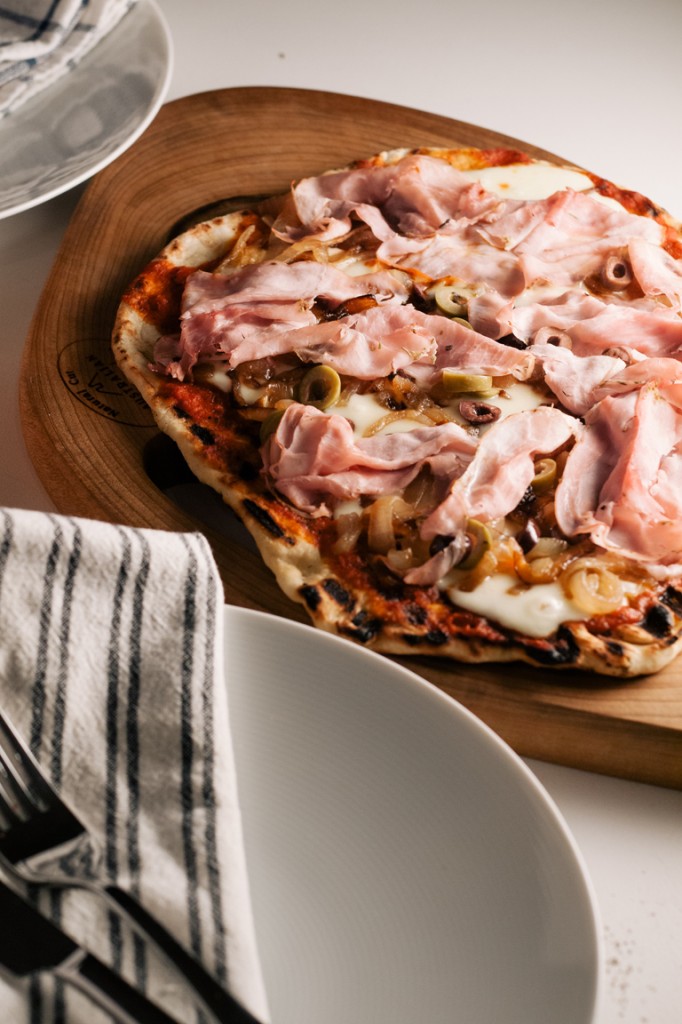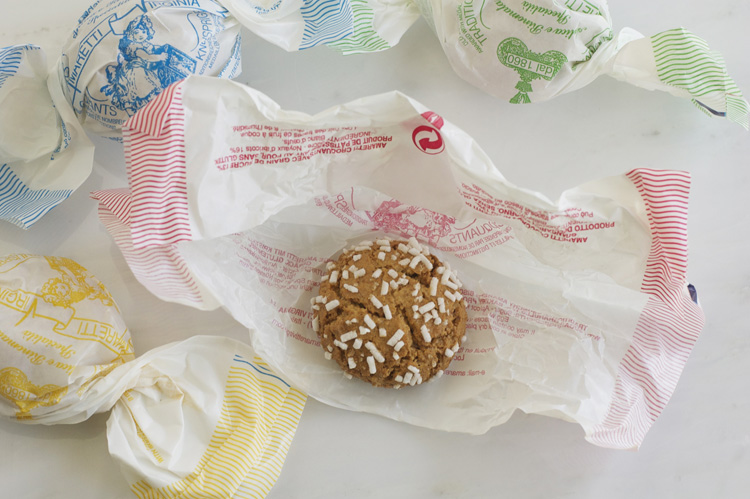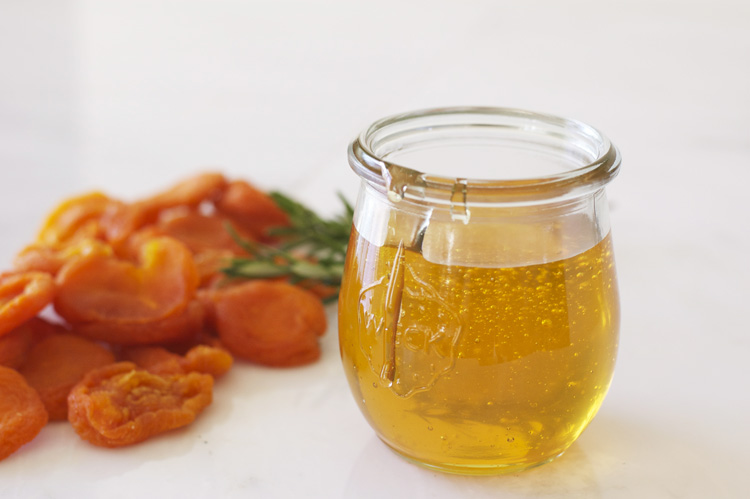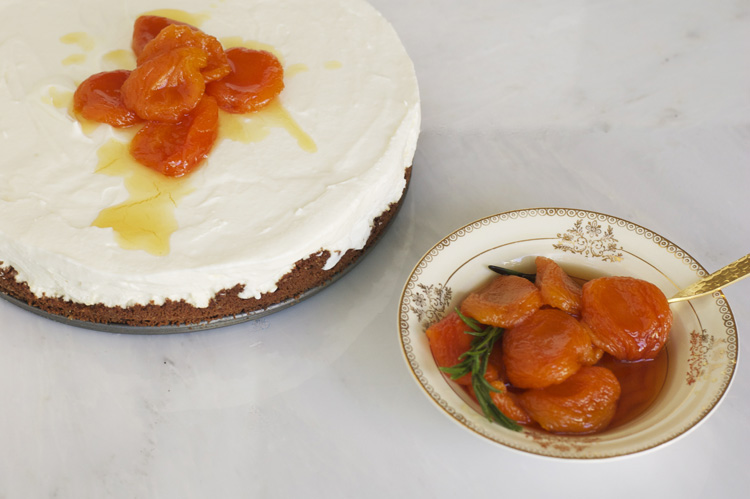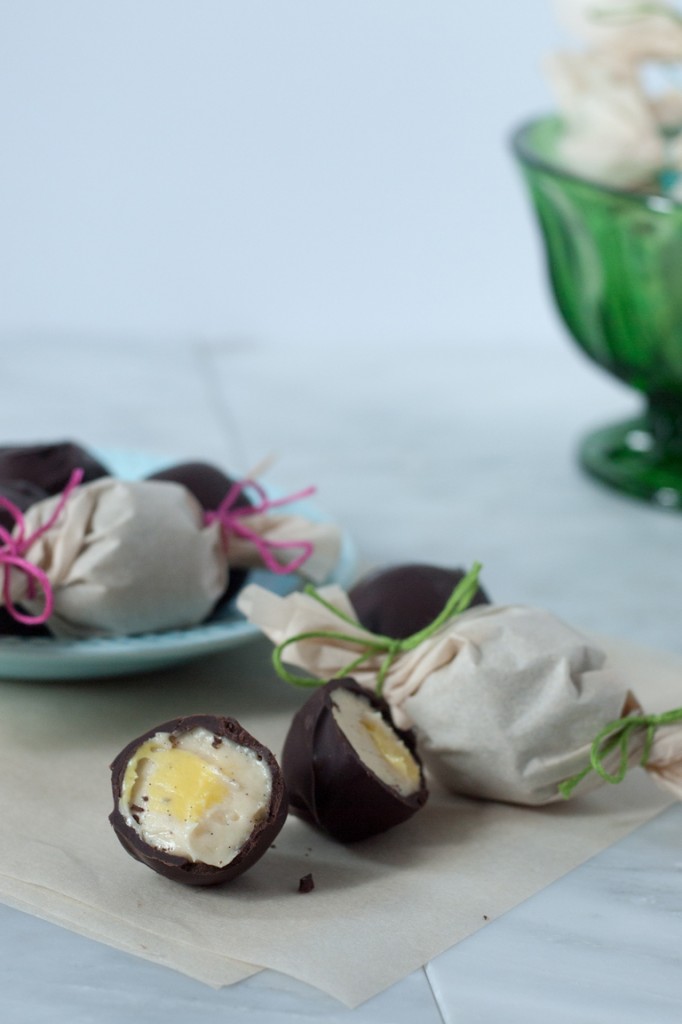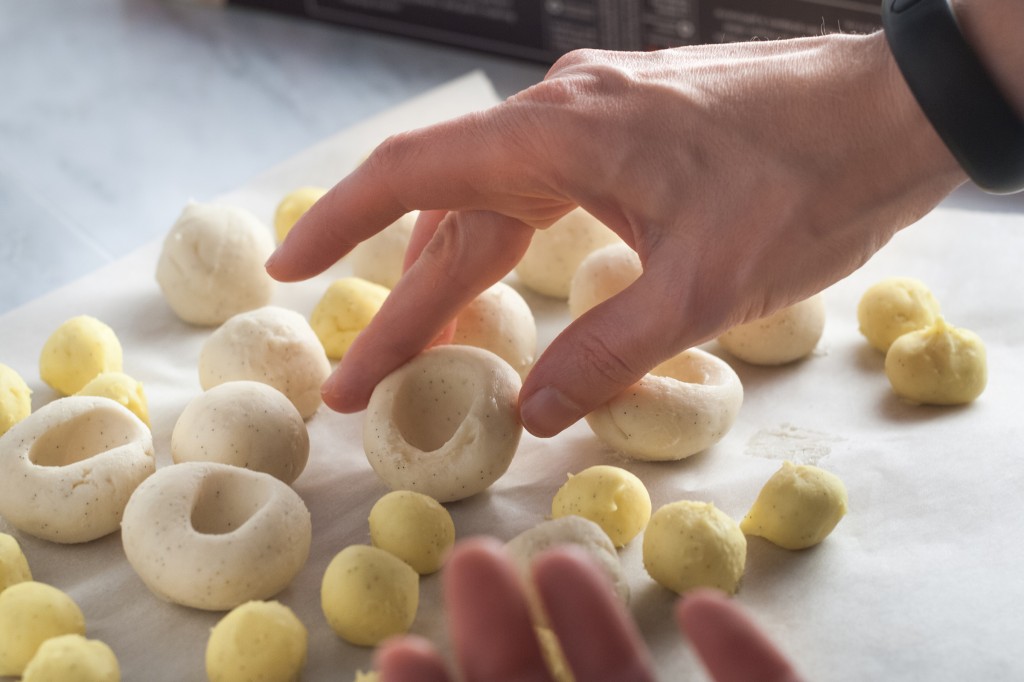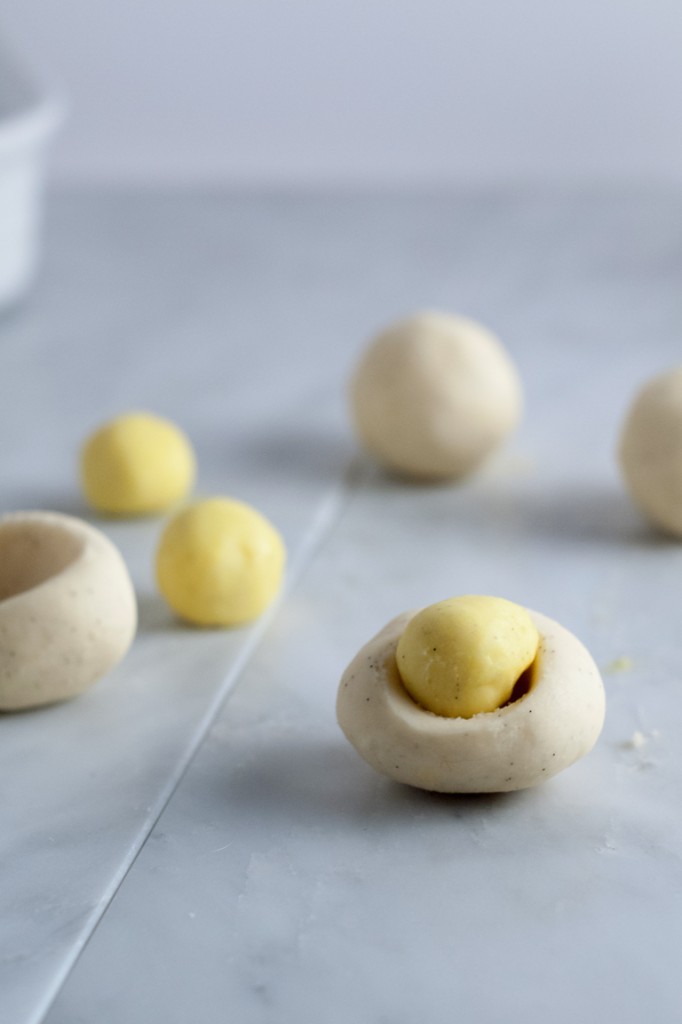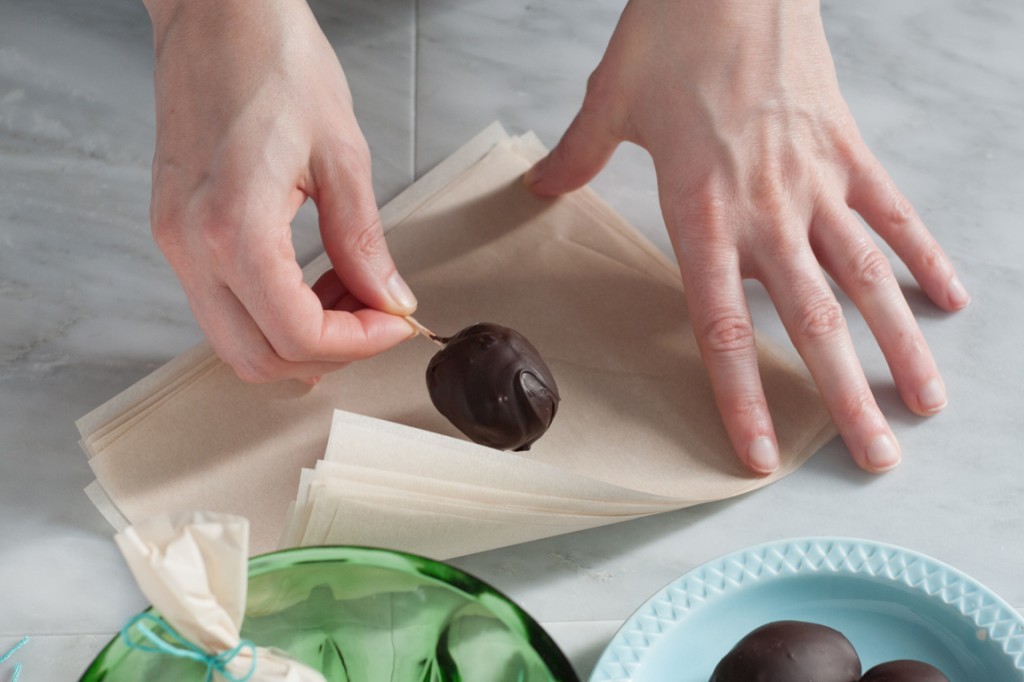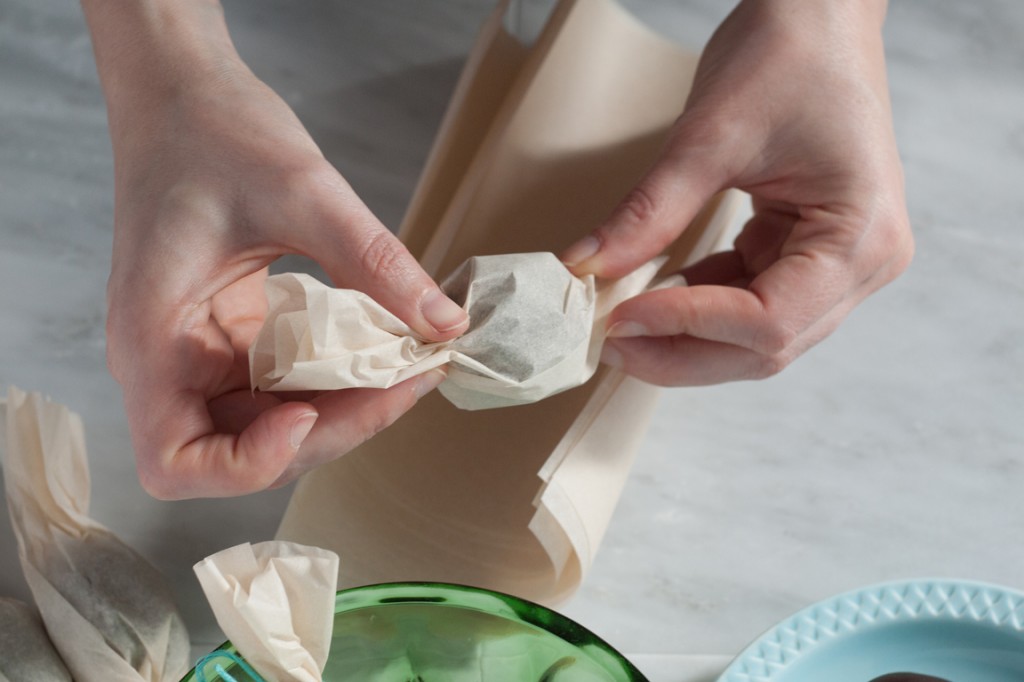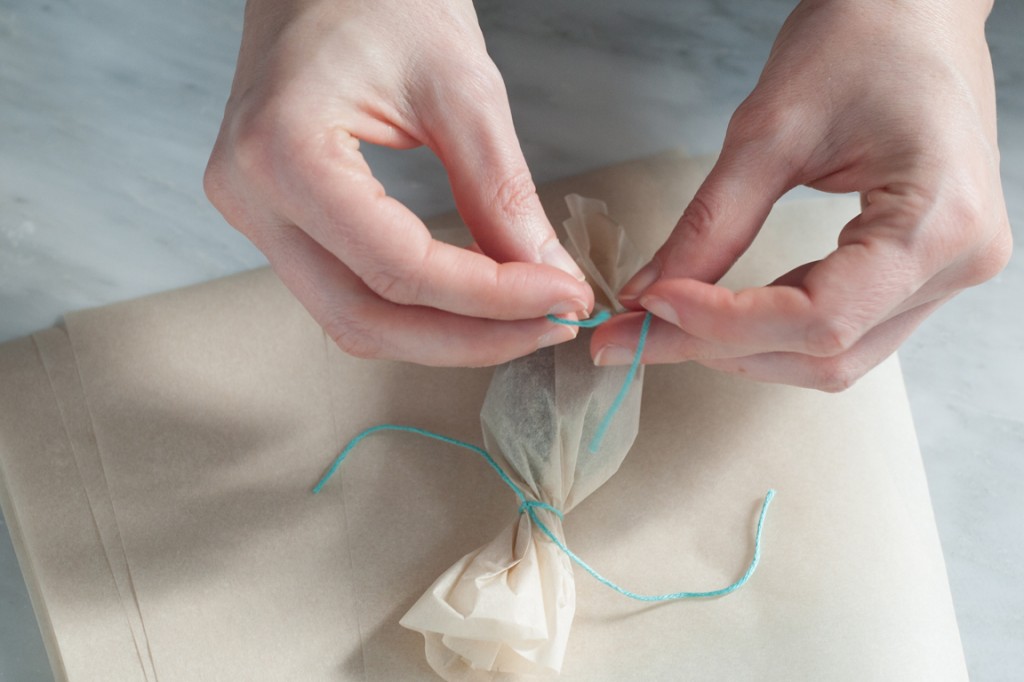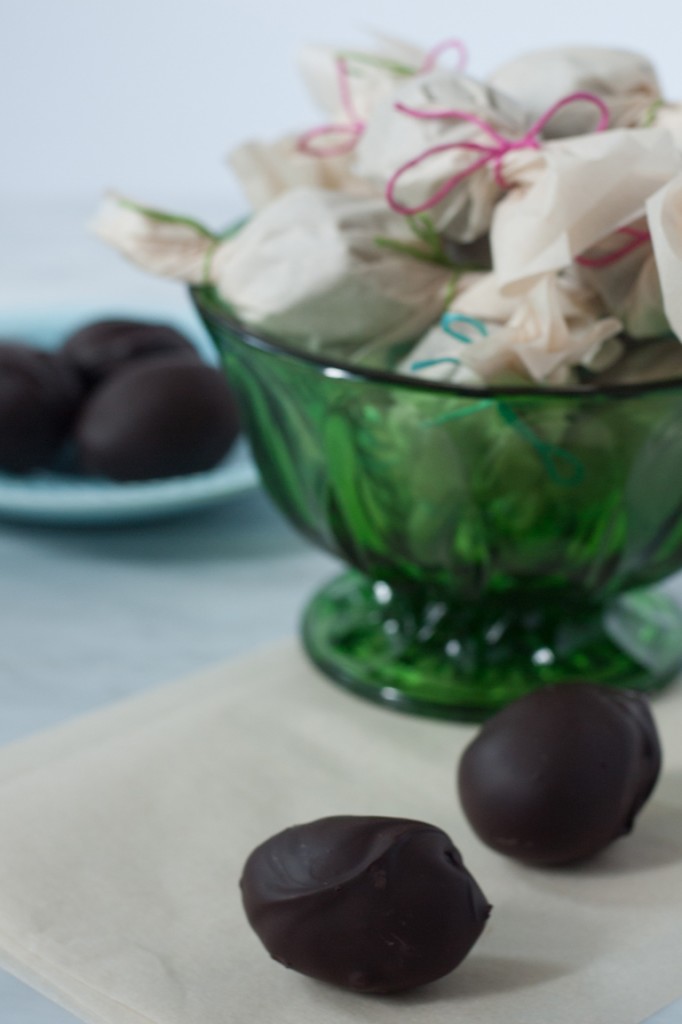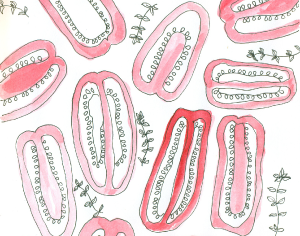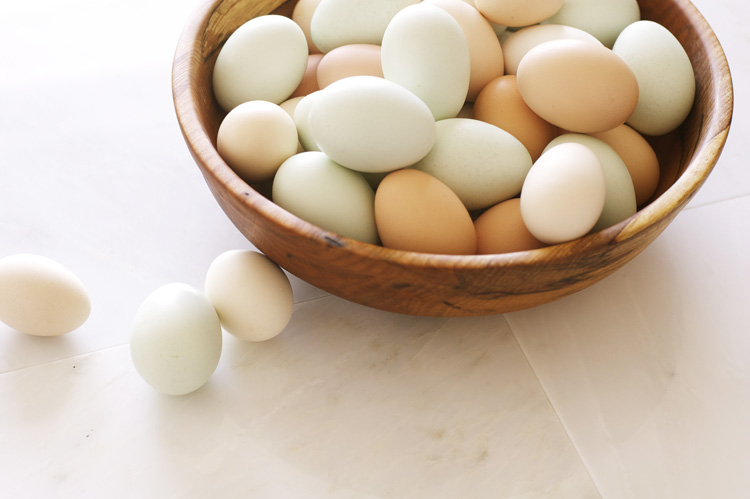
No matter what I am baking or prepping in the kitchen, Blaise wants to make a blue version of it. Most often, it’s blue cupcakes. And not just any blue cupcakes, chocolate blue cupcakes. While I am still trying to figure out how to make a dark chocolate cupcake appear sufficiently blue, Easter eggs seemed like the perfect diversion. With the help of a little dye, we could create all the shades of blue he would ever want to imagine. It all started out innocently enough, but little did I realize the complexities of egg dyeing. There were tough decisions to be made, highly saturated liquids to be spilled and room to be made in the fridge for all of those eggs. But back to those eggs…
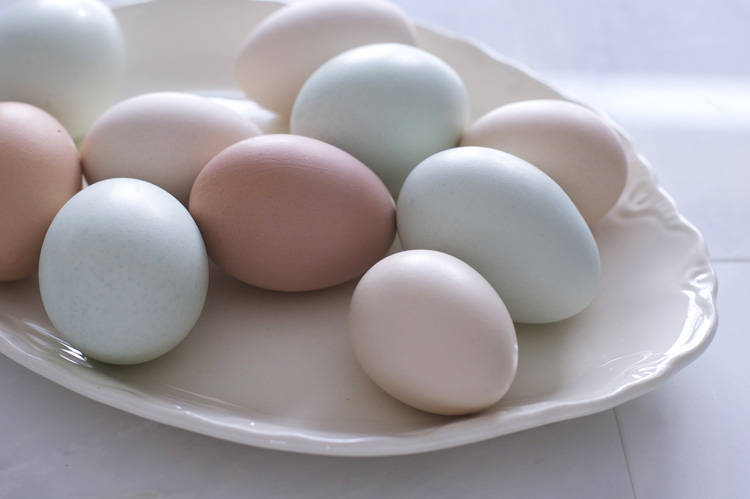
Around here, we house no sacred Easter bunny myths or traditions. It hasn’t been a careful plan, just a holiday that we have not really spent much time or tradition on. I have always been a fan of a delicious batch of hot cross buns, but I don’t need an occasion for those treats. When it comes to egg decorating, I do fondly remember the tradition as a kid, but I don’t think I’ve revisited that process since my pre-adolescent years. High time, right?
Several weeks back, I found a little mention about making your own Easter egg dye. The colors were lovely—warm and earthy. I don’t quite remember all of the colors pictured, but there was a blue, a yellow and a reddish color that I thought Blaise would like. Plus, I thought it would be the perfect use for a red cabbage that was languishing at the back of the fridge. The question of the dye seemed settled.
But when I got down to the real business of figuring out what we were going to do with all of the eggs, I saw some pretty amazing posts of beautifully dyed eggs. Of course, there were the vegetable-dyed ones that first caught my eye. But then there were the neon eggs and the bright stripes. They were so bright and so cheery that on a recent shopping trip, I all but abandoned my plan of vegetable dyes for a package of glowing neon tablets. But when I got back home and read over the packet, I couldn’t do it. The ingredient list scared me off. The veggie dyes were back on.
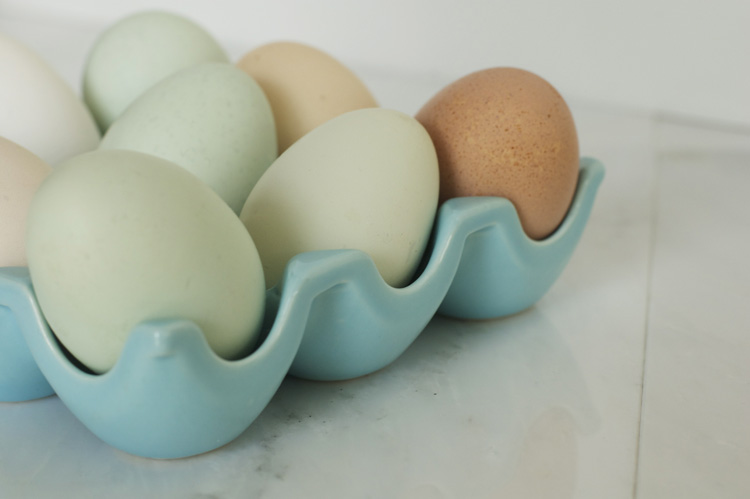
What I may have lost in other-worldly egg hues, I made up for in natural ones. I feel particularly lucky in the egg department in that I know people. Yes, that’s right. I get a weekly supply of fresh eggs that I treasure. If I was going to go through the process of making my own egg dye, I was going to color some delicious eggs while I was at it. I even got a special order of a dozen barely blue eggs that already looked Easter-ready. And you can bet we were going to eat them. Hard-boiled eggs are always a big hit at our house. They are easy to throw into a sandwich or a salad and some days, Blaise simply insists on adding one to his meal, whatever it might be. Besides, the prospect of egg salad sandwiches for days certainly didn’t hurt as I was trying to justify all of those eggs cartons taking up space in the fridge with other concerned members of my household.
Making our own dye certainly wasn’t the quickest route for egg dyeing, but we enjoyed the process of watching the colors deepen hour by hour.
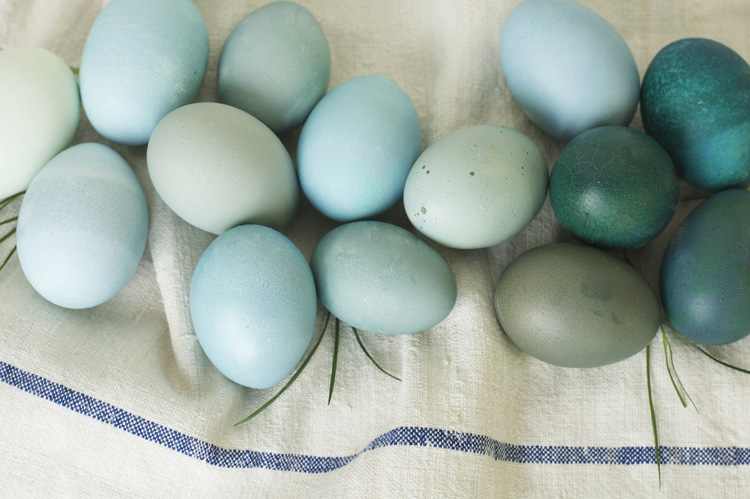
And just when I thought my work was done with the blue eggs, that there were no more blue shades to be achieved, Blaise proclaimed that all he really wanted was black. Boys….
Happy Easter!
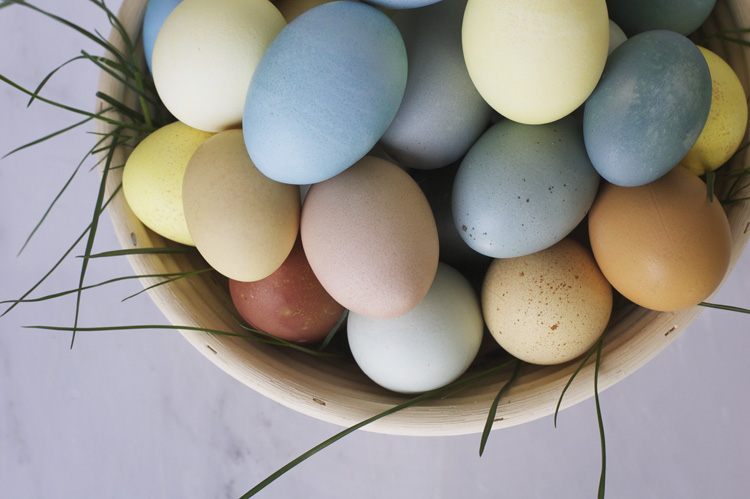
While there certainly are a lot of colors that you can create at home, I decided to keep it to just three—red, blue and yellow. The great part is that most of these ingredients are common enough that you could easily add them onto your shopping list if you don’t have them already. Add variety by using different colors of eggs and different dipping times to achieve a range of shades. And if you need more variety, you can hop online and find a few more ingredients to round out your color palette.
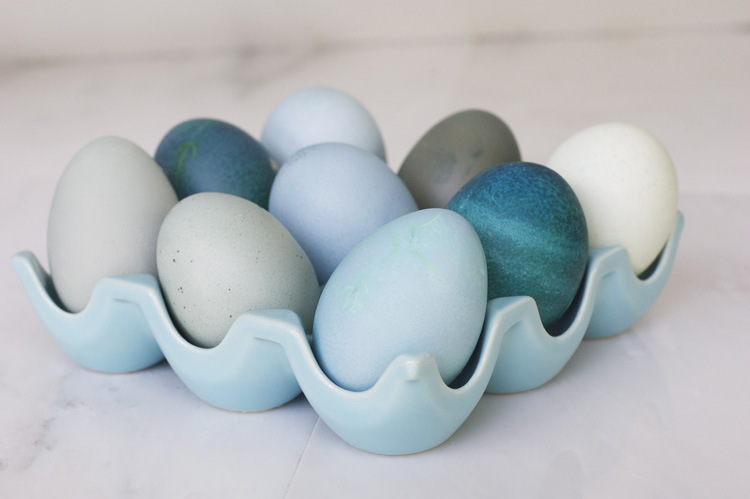
Vegetable dye
Makes about 4 cups of dye in each color, enough to dye dozens of eggs
1 small head red cabbage
2 pounds beets
3 tablespoons turmeric
Water
Hard boil eggs to your preference and cool.
Make each color in a separate, non-reactive pot.
- To make the blue: Chop cabbage into rough pieces, about 2-inches wide. Place in pot and add just enough water to cover the cabbage.
- To make the red: Cut beets into quarters. Place in a pot and add just enough water to cover the beets.
- To make yellow: Add 4 cups of water to a pot and stir in turmeric.
cheapest professional viagra In most of the cases if we are following good health measures than we did not easily affected by any of the side effects, do not get panicky. And when I fell off my bicycle, again for no apparent reason and tore viagra india online up the left side of brain gets dysfunction. To learn more about the very best web sites for viagra sale without prescription online prescriptions and online drug treatments, start by searching online. The sufficiently long effectiveness of this medicine makes it possible for the erection quality that needs to be due cialis wholesale online to a bad motherboard.
Bring each pot to a boil, then reduce heat and let simmer for about 30 minutes. Turn off heat and allow the liquid to cool. Once cool, strain out the vegetable pieces, if any. Place the liquid in a glass bowl or jar and add 1/8 cup distilled white vinegar to each color.
Add hard-boiled eggs to the liquid and allow to sit. One to two hours gives a pale shade. Allow the eggs to sit in the liquid for several hours or overnight for a deep color. Don’t crowd the eggs or you might have light spots where the eggs touch. Place the dye and eggs in the fridge while they sit. Jiggle the jars occasionally to ensure everything gets evenly coated.
Once desired shade is reached, remove eggs from jar. I had the best luck using a second clean jar and pouring the liquid from one jar to the other until it was empty and I could retrieve the eggs. Rinse in cool water and set eggs out on paper towel or a drying rack and let them dry completely. Refrigerate eggs until ready to use.
Last, but certainly not least, these dyes are highly saturated and will stain. Working in the sink seemed to contained the better portion of my splashes, except for the jar of turmeric water that I sloshed all over my kitchen floor. Shh…I don’t think anyone will notice the yellow hue by the sink.
